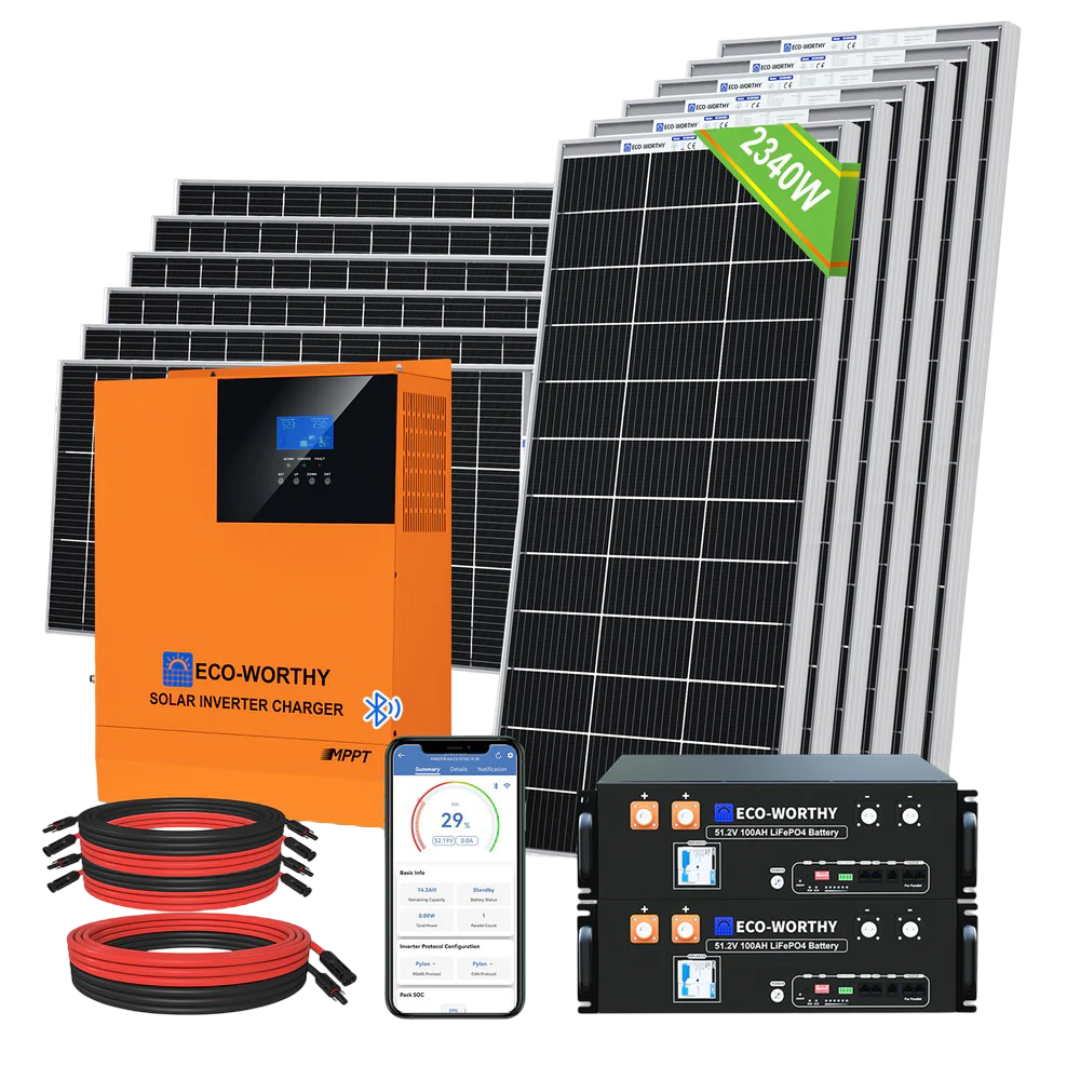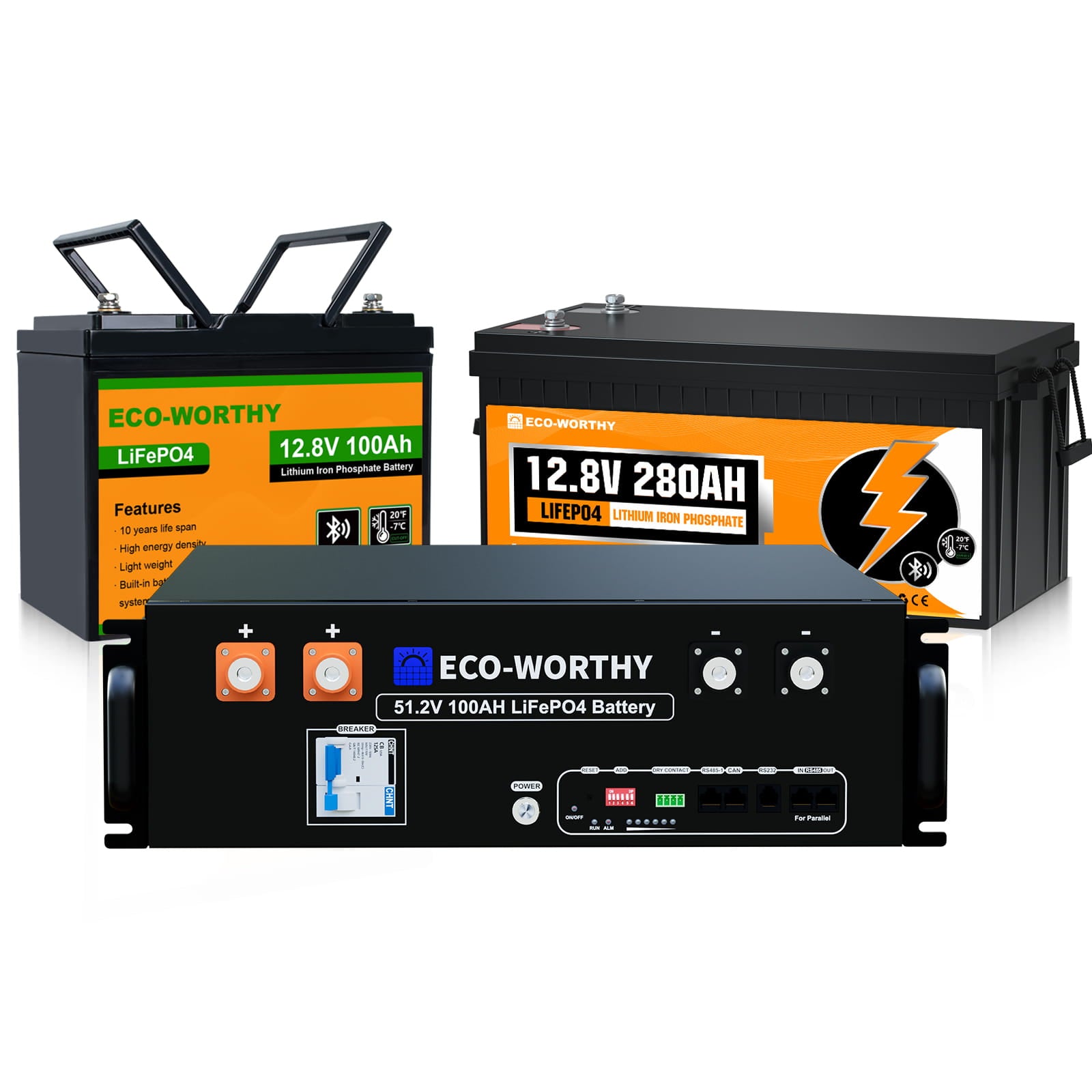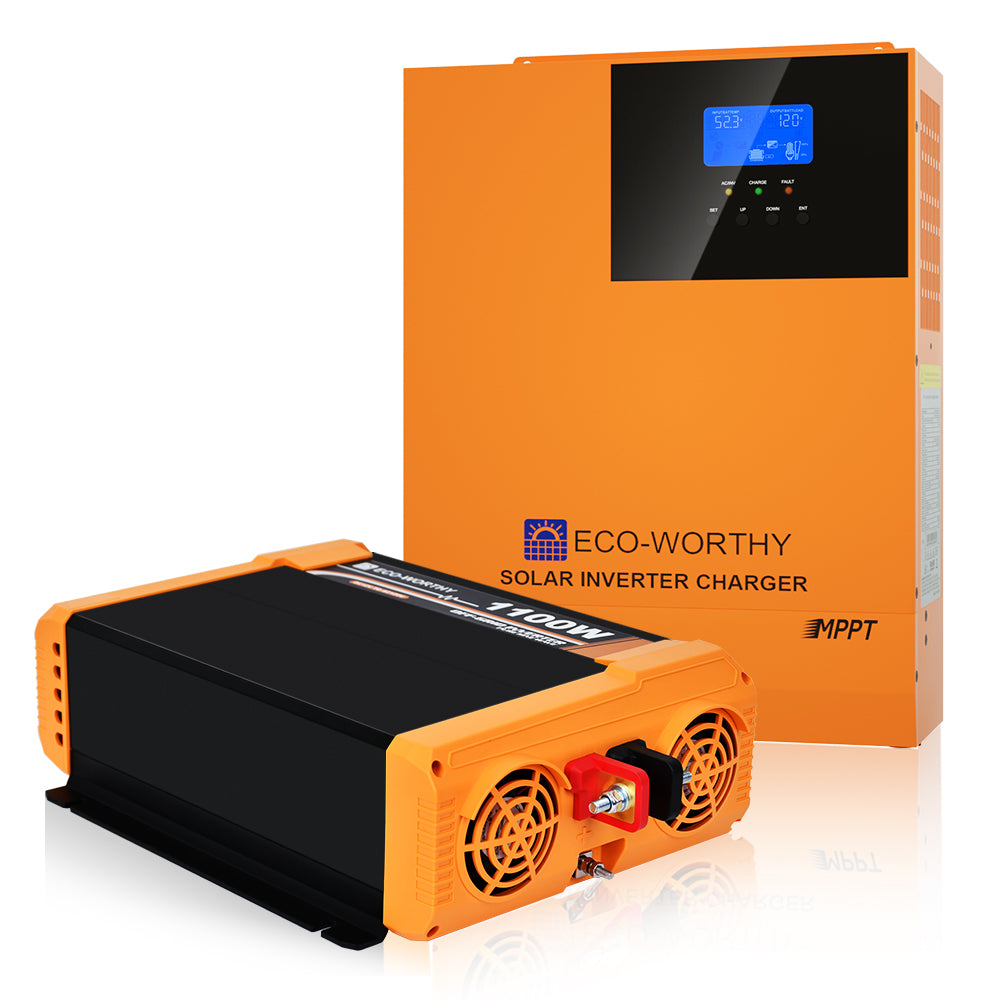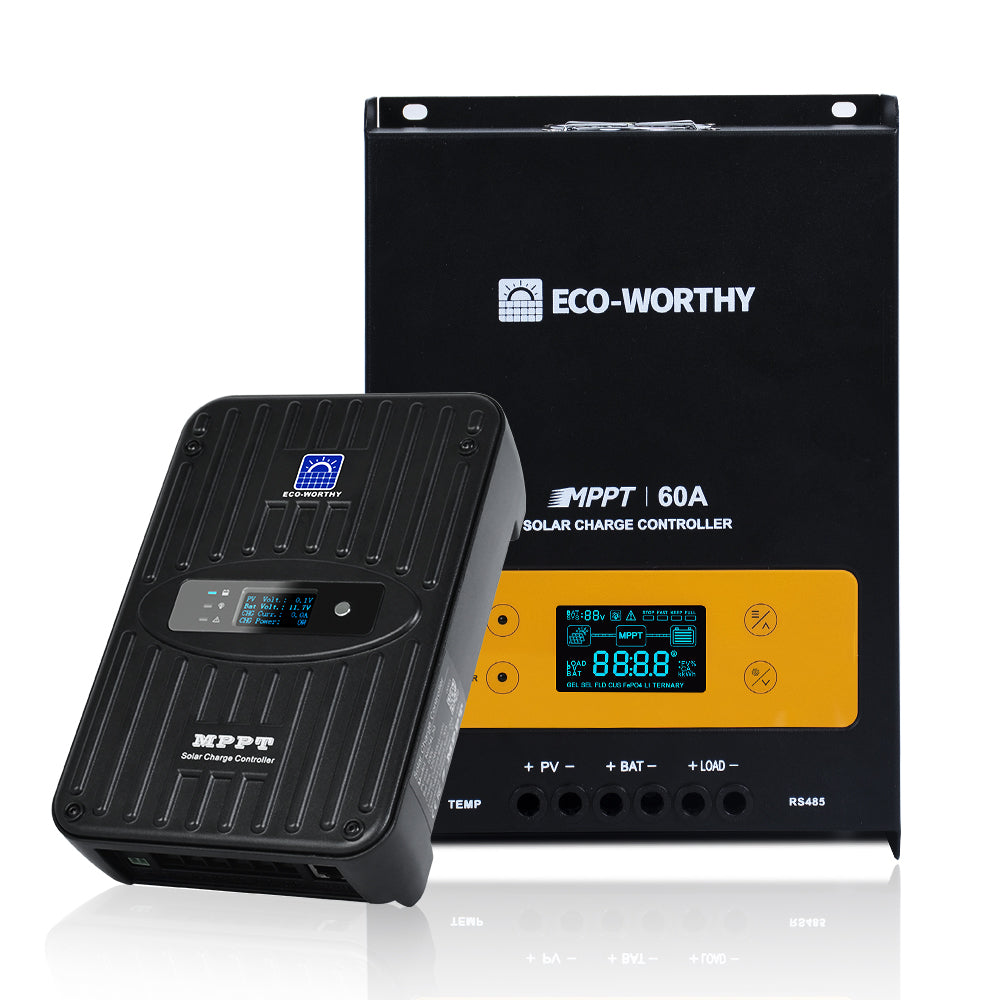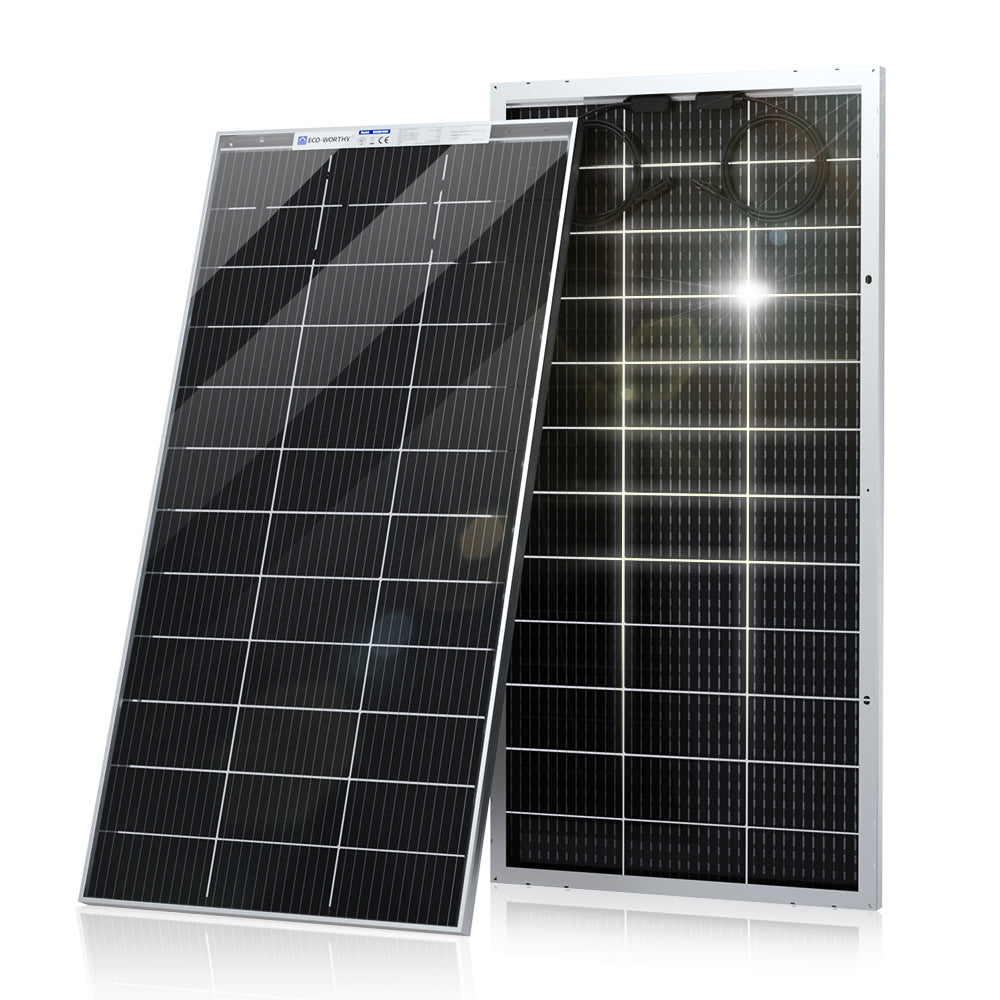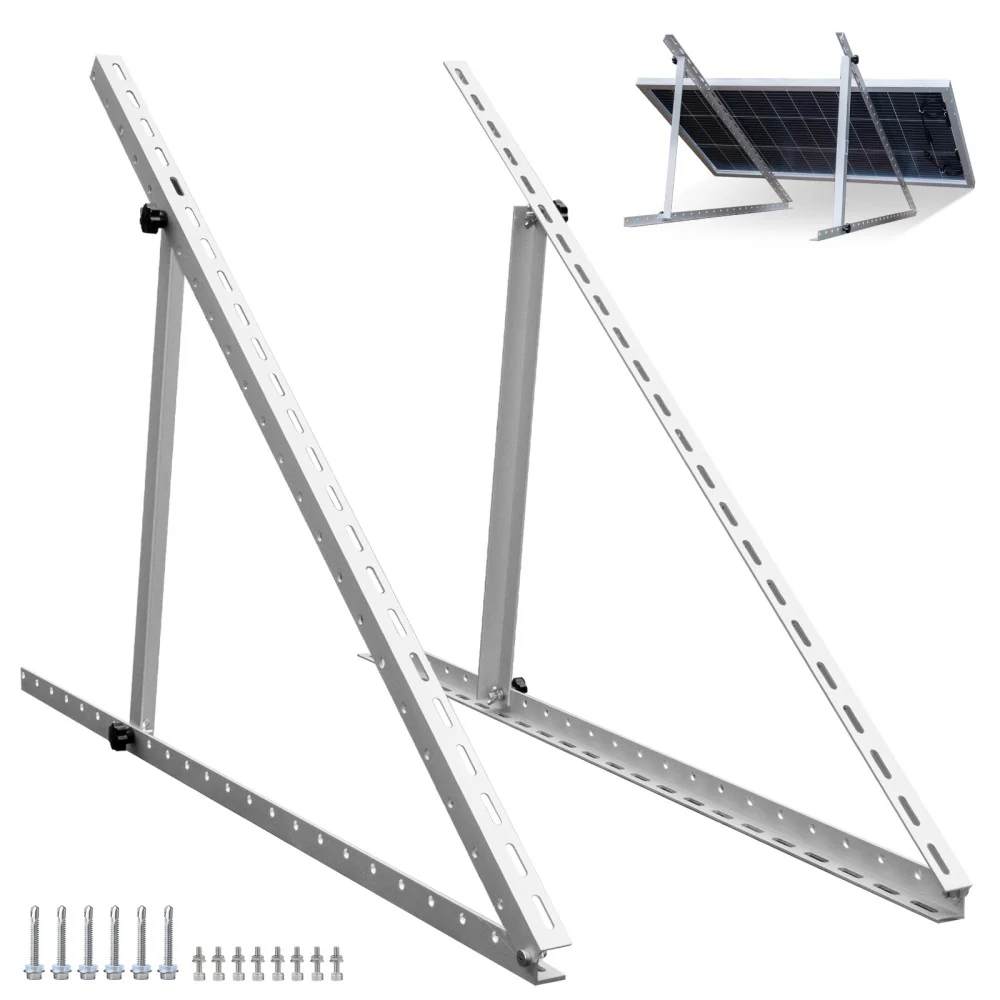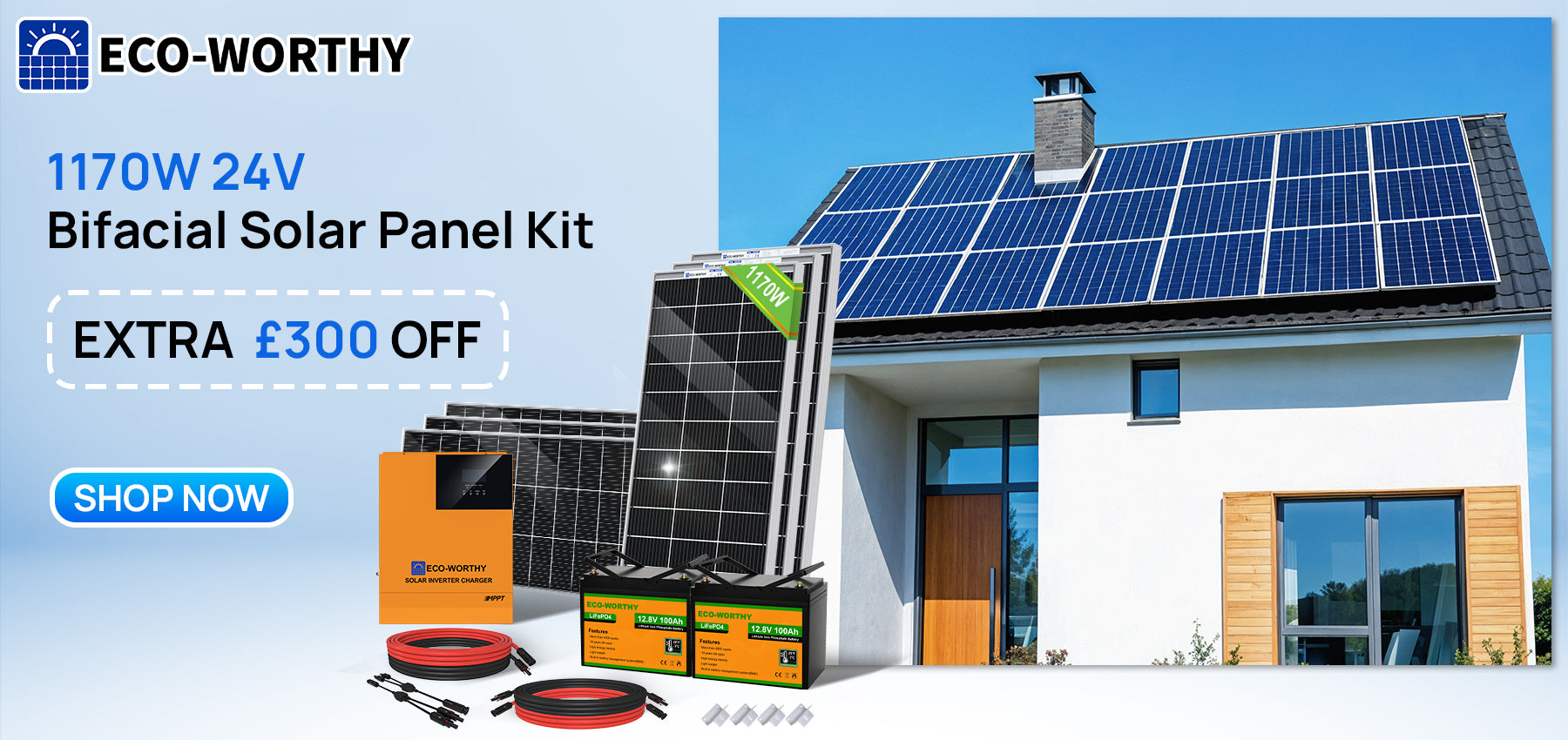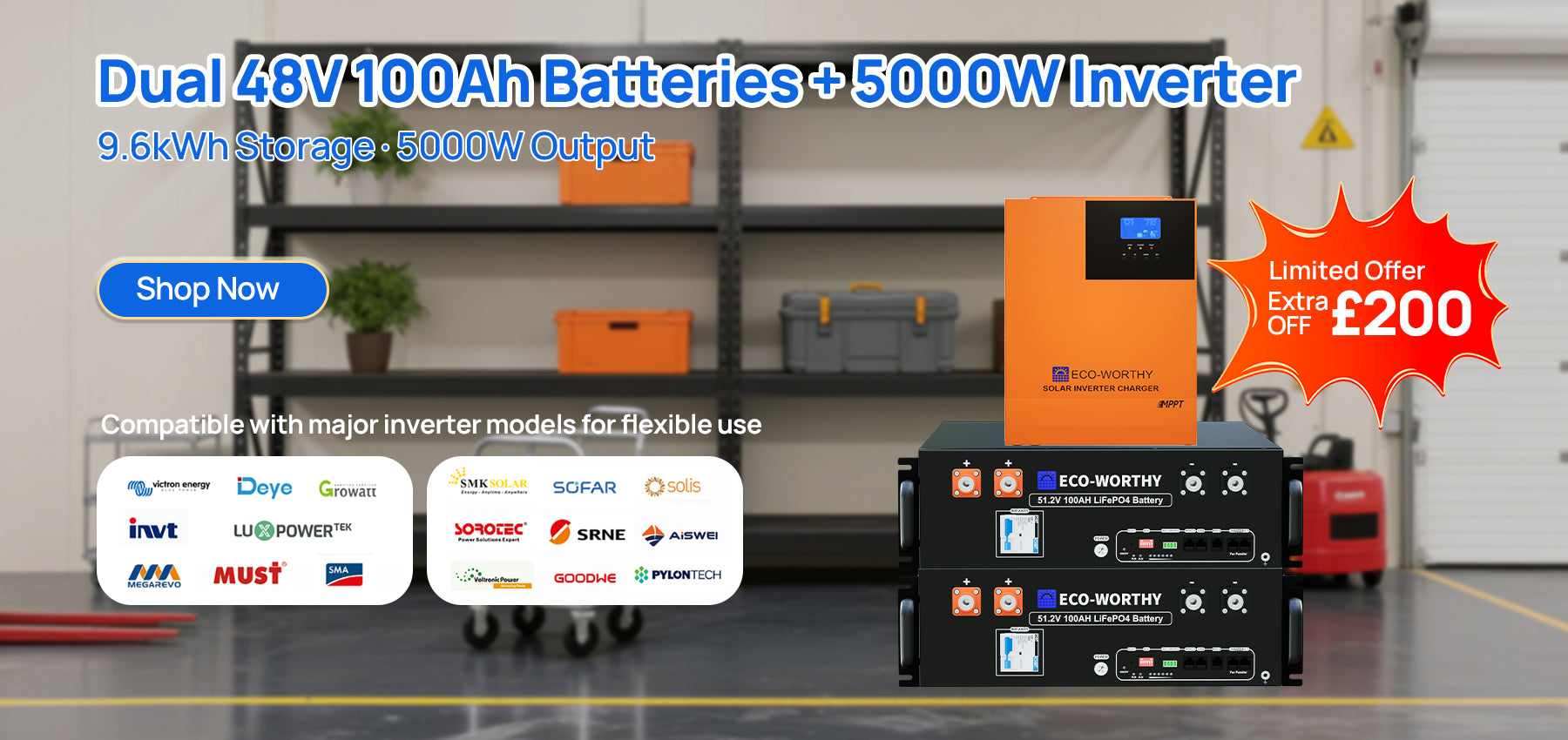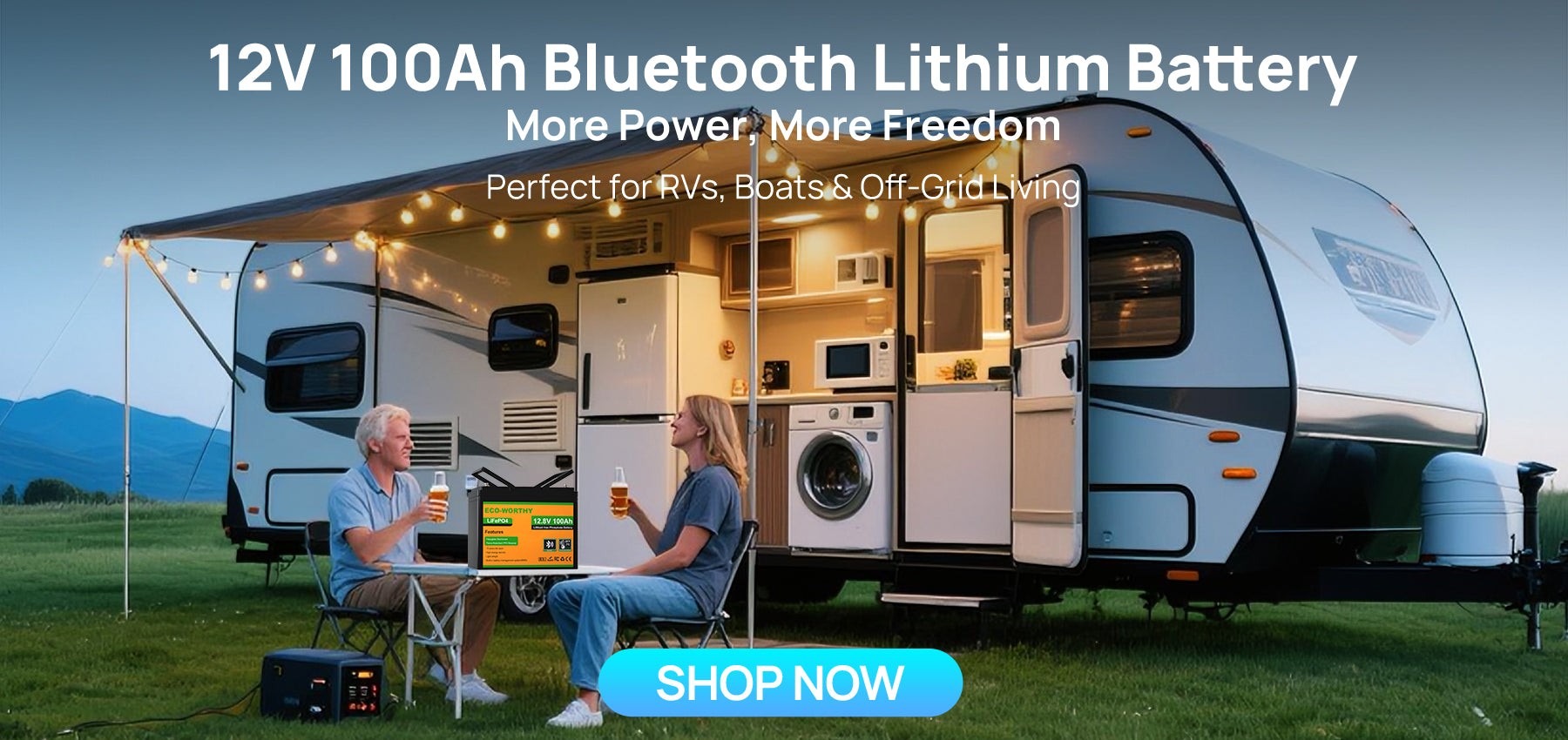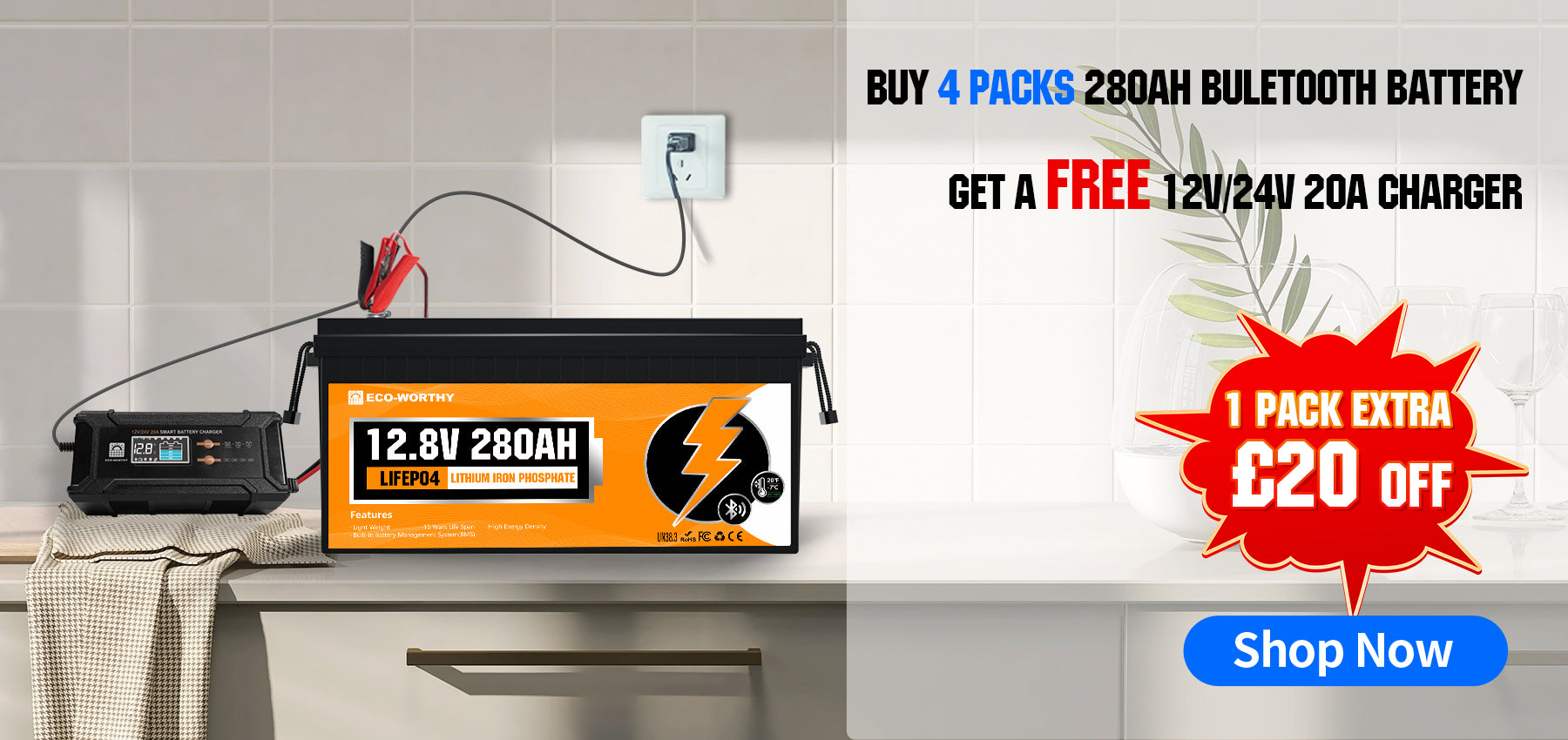Navigation
- What Is a Power Inverter?
- How to Calculate Your Campervan's Power Needs
- Must-Have Features in Your Campervan Power Inverter
- Fuel Your Campervan Dreams with the Right Power Inverter
Planning a campervan adventure? You've got the wheels and the wanderlust, but have you considered your power needs? The right campervan power inverter is crucial for your journey. It's not just about convenience; it's the lifeline that keeps your devices running and your trip comfortable. From brewing coffee to powering medical equipment, a well-chosen inverter ensures you're never left in the dark. This essential device transforms your vehicle's DC power into the AC current your appliances need. Before you hit the road, let's explore how to select the perfect power inverter for your unique camper van setup.
What Is a Power Inverter?
A power inverter is a crucial component in your campervan's electrical system. At its core, it's a device that converts direct current (DC) from your campervan's battery into alternating current (AC). This transformation is essential because most household appliances and electronics run on AC power, while your vehicle's electrical system operates on DC power.
Think of it as a translator for electricity. Just as a language interpreter allows people who speak different languages to communicate, a power inverter enables your DC-powered vehicle to "talk" to your AC-powered devices.
Two Main Types of Power Inverters
- Modified Sine Wave Inverters: These inverters produce a stepped, approximated sine wave. They're more affordable and can power many basic appliances. However, they may not be suitable for sensitive electronics or certain medical devices.
- Pure Sine Wave Inverters: These inverters generate a smooth, consistent sine wave that closely mimics the power from your home's electrical outlets. They're more expensive but provide cleaner power, making them ideal for sensitive equipment and a wider range of devices.
How Power Inverters Work in Your Campervan
In a campervan setting, the inverter acts as a bridge between your vehicle's battery system and your AC-powered devices. Your campervan's battery provides 12V DC power, which the inverter converts to 120V AC (in the US) or 230V AC (in many other countries). This converted power is then available through standard electrical outlets installed in your campervan.
It's important to note that inverters don't create power; they merely convert it. The amount of AC power available depends on your battery capacity and the inverter's capabilities. Understanding these basics about power inverters will help you make an informed decision when choosing one for your campervan.
How to Calculate Your Campervan's Power Needs
Choosing the right inverter starts with understanding your power requirements. Let's break down this process into manageable steps to ensure you select an inverter that meets all your needs.
1. List Your Devices and Their Wattages
Begin by creating a comprehensive list of all electrical devices you plan to use in your campervan. Here's a sample list with typical wattages:
- Laptop: 50-100W (varies based on model and usage)
- Smartphone charger: 5-10W (higher for fast charging)
- LED lights: 5-20W per bulb (depends on brightness)
- Mini-fridge: 40-100W (higher when compressor is running)
- Microwave: 600-1200W (varies by size and power settings)
- Coffee maker: 600-1200W (drip coffee makers use less, espresso machines use more)
- TV (32-inch LED): 30-60W (smart TVs tend to use more power)
- Electric kettle: 1000-1500W (faster boiling kettles use more power)
- Hair dryer: 1000-1800W (higher settings consume more power)
- Electric cooktop: 1000-1800W per burner (induction cooktops are generally more efficient)
These are estimates. Check your specific devices for accurate numbers, usually found on a label on the device or in its manual.
2. Calculate Your Total Power Usage
Now, consider common scenarios you might encounter in your campervan:
- Morning routine: Coffee maker (900W) + Laptop (75W) + Lights (20W) = 995W
This scenario assumes you're making coffee, checking emails, and have a light on.
- Evening relaxation: TV (50W) + Mini-fridge (70W) + Lights (20W) = 140W
Here, you're watching TV, the fridge is running, and you have some lights on.
- Cooking dinner: Electric cooktop (1500W) + Lights (20W) + Mini-fridge (70W) = 1590W
This represents using an electric cooktop for cooking, with lights and the fridge running.
Your inverter should be able to handle your highest regular usage scenario, which in this case is the cooking scenario at 1590W.
3. Factor in Surge Requirements
Some devices, particularly those with motors or compressors, need extra power to start up. This is called the surge power and is typically needed for a very short time. For example:
- Mini-fridge: 3x running wattage for 1 second: If your fridge uses 70W normally, it might need 210W for one second when the compressor starts.
- Microwave: 2x running wattage for 3 seconds: A 1000W microwave might need 2000W for three seconds when it starts heating.
If your highest-draw device is a 1000W microwave, plan for a 2000W surge capacity in your inverter.
4. Determine Continuous Power Needs
For all-day use, add up devices that run continuously or very frequently:
Mini-fridge (70W) + Occasional light use (20W) = 90W continuous
It's wise to add a 20% buffer to this for unexpected usage: 90W x 1.2 = 108W
Based on this example, you should choose an inverter that can handle:
- Your highest regular usage (1590W for cooking)
- Has surge capacity for your highest-surge device (2000W for microwave)
- Can comfortably supply your continuous needs (108W)
This detailed assessment ensures your inverter can power all your devices, handle sudden power spikes, and provide consistent power throughout the day.
Must-Have Features in Your Campervan Power Inverter
When selecting a power inverter for your campervan, several key features can make a significant difference in performance and reliability.
Power Output: Meeting Your Wattage Needs
Choose an inverter with an output capacity that exceeds your calculated peak power needs. If your highest power scenario requires 1600W, consider an inverter rated at 2000W or more, like ECO Worthy's 3000W Off Grid Pure Sine Wave Inverter. This extra capacity ensures you can run all your devices simultaneously without straining the system.
Efficiency: Maximizing Battery Life
Look for inverters with high efficiency ratings, typically 90% or above. An inverter with 95% efficiency will convert more of your battery's DC power into usable AC power than one with 85% efficiency. This difference means longer battery life and more available power for your devices.
Safety Features: Protecting Your Investment
Seek inverters with built-in safety mechanisms:
- Overload protection: Shuts down the inverter if power draw exceeds capacity
- Over-temperature shutdown: Prevents damage from overheating
- Low battery alarm and shutdown: Alerts you when the battery is low and turns off to prevent complete drainage
- Short circuit protection: Safeguards against accidental short circuits
These features protect both the inverter and your devices, ensuring safer operation in your campervan.
Power Quality: Choosing Between Pure and Modified Sine Wave
Consider whether you need a pure sine wave inverter for sensitive electronics or if a more affordable modified sine wave inverter will suffice. Pure sine wave inverters provide power quality similar to your home outlets, ideal for devices like laptops, TVs, and medical equipment.
Size and Installation: Ensuring a Perfect Fit
Select an inverter that fits your available space and has proper ventilation to prevent overheating. Consider the number and type of outlets you'll need, including USB ports for charging small devices. Some inverters come with mounting brackets for easier installation.
Fuel Your Campervan Dreams with the Right Power Inverter
The perfect power inverter is the cornerstone of a successful campervan adventure. This guide has walked you through understanding your power needs, calculating usage, and evaluating key features like output capacity, efficiency, and safety. Your ideal inverter should meet both current and future requirements, making it worth investing in quality. A well-chosen inverter ensures your devices run smoothly, from morning coffee to evening entertainment. Armed with this knowledge, you're now ready to make an informed decision and embark on your journey, confident that your electrical needs are fully covered no matter where the road leads.

